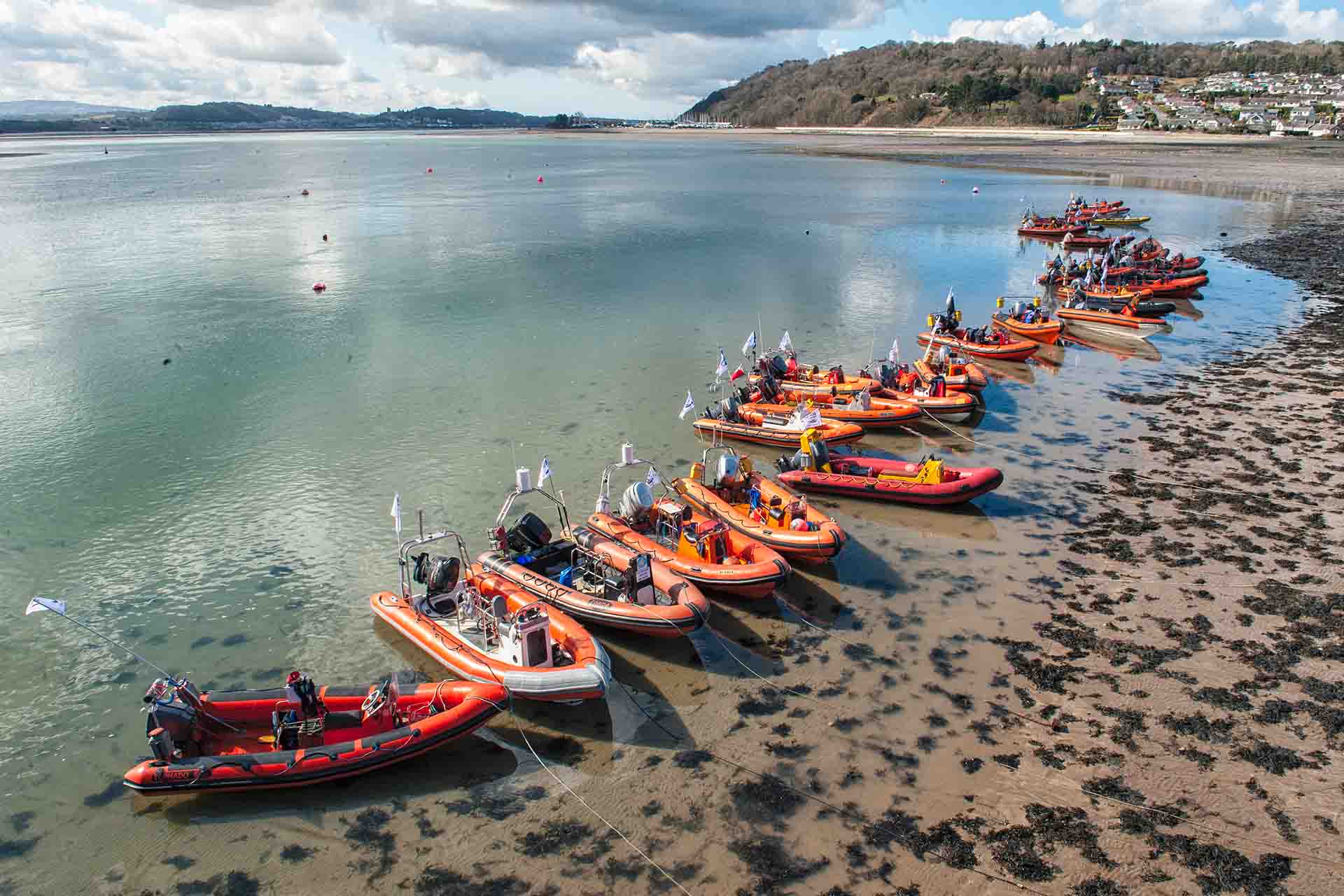There is a concept of the correct tool for the job.
For many years I dived twin 12’s (litres) (doubles) prior to that I used twin 10’s.
Walking along the harbour I bumped into an some I new who was shocked to see me in a single and pony.
We had been diving from a RIB (Rigid Inflatable Boat), doing 20m wreck penetration dives. There was insufficient space for twins on the boat. But redundancy seemed sensible when doing single file limited penetration dives.
In fact we actually ran some out of air exercises as part of the weekend.
Similarly I once made the mistake of doing some shallow shore dives in twin 12’s. It almost killed me walking around the harbour and across the rocks getting in and out from the dive.
Never again. Now I would use a single and pony.(or twin 7’s).
One of the nicest OC rigs for shallow diving is a set of twin 7’s. Light, with redundancy and more gas than a single. But it is ‘another set’ to keep in test.
If you are teaching. A single with pony is perfect.
The benefits of a pony become questionable below 30/35m.
Then you really want to be on twins. They give you sufficient gas for the depth and any accrued decompression stops that need to be completed.
For many years I dived twin 12’s (litres) (doubles) prior to that I used twin 10’s.
Walking along the harbour I bumped into an some I new who was shocked to see me in a single and pony.
We had been diving from a RIB (Rigid Inflatable Boat), doing 20m wreck penetration dives. There was insufficient space for twins on the boat. But redundancy seemed sensible when doing single file limited penetration dives.
In fact we actually ran some out of air exercises as part of the weekend.
Similarly I once made the mistake of doing some shallow shore dives in twin 12’s. It almost killed me walking around the harbour and across the rocks getting in and out from the dive.
Never again. Now I would use a single and pony.(or twin 7’s).
One of the nicest OC rigs for shallow diving is a set of twin 7’s. Light, with redundancy and more gas than a single. But it is ‘another set’ to keep in test.
If you are teaching. A single with pony is perfect.
The benefits of a pony become questionable below 30/35m.
Then you really want to be on twins. They give you sufficient gas for the depth and any accrued decompression stops that need to be completed.




